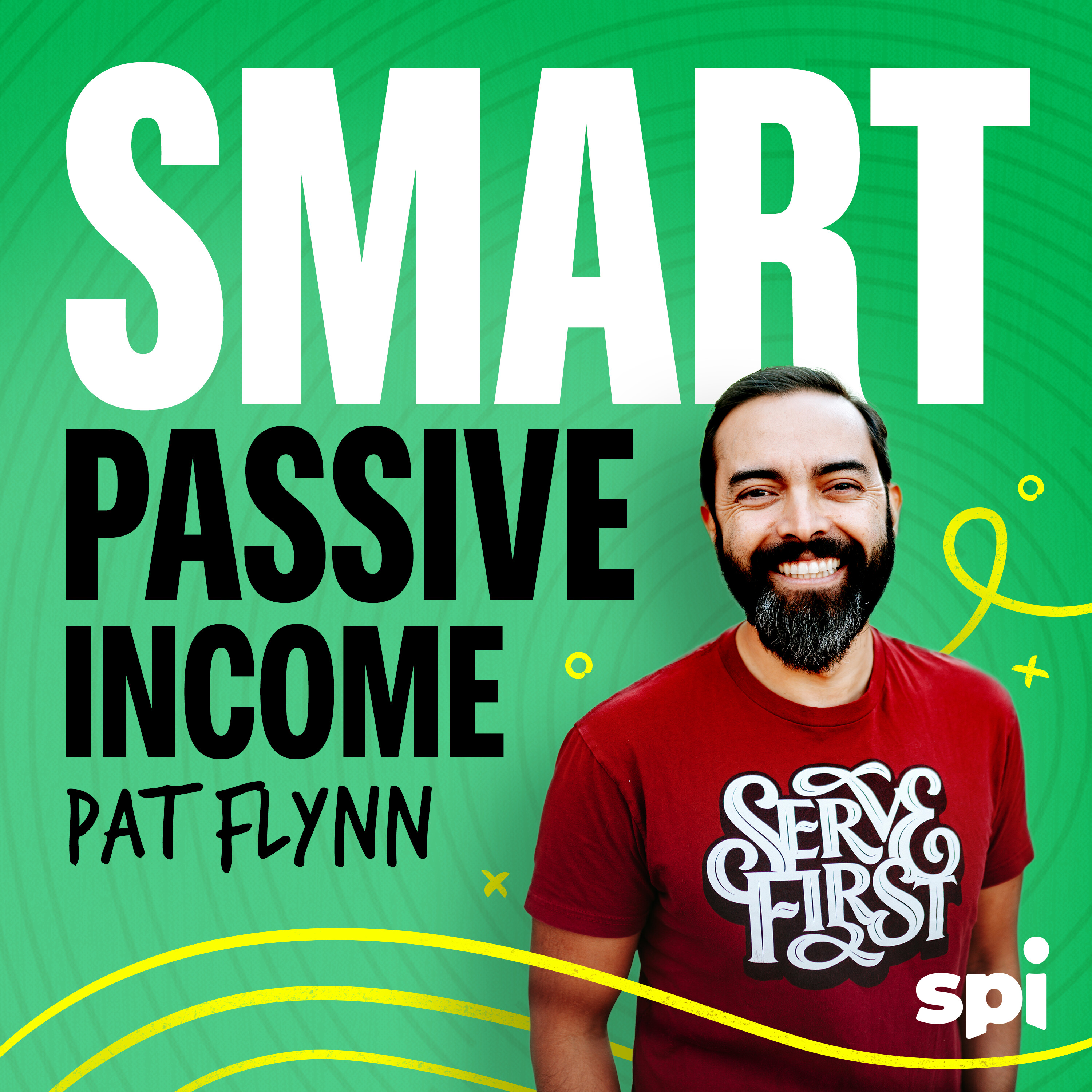
Tech Brewed
Welcome to Tech Brewed, your go-to podcast for the latest in technology products, training, and tips. Whether you're a tech enthusiast or a business professional, our show offers valuable insights into the ever-evolving world of technology.
What We Cover
Home and Business Technology Products
We delve into the latest gadgets and tools that can enhance your home and business environments. From smart home devices to enterprise-level solutions, we keep you updated on the best products for your needs.
Technology Training and Tips
Our episodes are packed with practical advice and training tips to help you maximize your tech investments. Whether you want to improve your cybersecurity or optimize your workflow, we've got you covered.
Creative Technology Software and AI
In today's digital age, creative technology software and artificial intelligence are game-changers. We explore how these innovations transform various industries and offer insights into their practical applications.
Featured Segments
AI and Its Impact
Discover how AI is changing the workplace and driving innovation. Our discussions range from improving audio quality with AI to extending life through advanced technologies.
Practical AI
Our goal is to make artificial intelligence accessible and practical for everyone. We break down complex topics into easy-to-understand segments, ensuring you stay ahead of the curve.
Join us on Tech Brewed for a deep dive into the tech world, where we blend expert knowledge with practical advice to help you navigate the digital landscape. Subscribe now and stay informed on the latest trends and innovations!
Tech Brewed
Dive into Vibe Coding: Making App Development Accessible for Everyone
Hey there, tech enthusiasts. Welcome to another sip of tech knowledge on Tech Brewed, your go to spot for all things tech. So grab your favorite mug, and let's dive in together. Cheers to learning something new. Welcome back. I'm Greg Doig, and today, we're exploring the world of Vibe Coding, a fascinating approach that's making app development accessible to everyone, even those with zero coding experience. Imagine being able to create a fully functional app just by describing what you want. That's the essence of Vibe Coding. It's a programming technique where you use natural language to tell AI tools what to build, and they construct the app for you. Whether you're using purpose built AI app builders like Softr or Lovable or even AI chatbots like Claude, VibeCoding is changing the game for non developers. For example, you could simply ask Claude to help me create an app that builds weekly meal plans for my family, and within a minute, you'd have a working prototype with fields for meal preferences, prep time, budget, and even a grocery list generator. Pretty impressive. Right? But like any technology, Vibe Coating comes with its own set of best practices. First, start simple. Begin with a base request and add complexity gradually. I found that trying to include too many features at once often leads to confusion and subpar results. Second, be specific with your prompts. Just as you wouldn't expect the human developer to read your mind, AI needs clear instructions about buttons, fields, and conditional workflows. The more detailed you are, the better your results will be. Third, test rigorously. Every time the AI generates a new version of your app, poke around and try to break it. If something isn't working as expected, be explicit about what's wrong and what you want instead. Fourth, be prepared for things to break. When you instruct the AI to modify one aspect of your app, something else might stop working. Patience is the key here. Tell the AI exactly what's wrong and what you expect. And that brings me to the fifth tip. Be patient. Again, while Vibe Coding accelerates app development dramatically, you likely won't get exactly what you want on the first try. It's a process of iteration and refinement. Of course, VibeCoding isn't without limitations. You might face inconsistent user experience and interface designs since you're often going with what feels right rather than following established design systems. Debugging can be challenging if you don't understand the underlying code, and collaboration can be difficult since your design choices aren't based on standard practices. Despite these limitations, VibeCoding opens doors for personal projects and aspiring solopreneurs who lack technical backgrounds. It allows you to create simple apps without significant upfront investment. Even seasoned developers can use it to quickly build prototypes before deciding if they're worth further development. If Vibe coding feels too unstructured for you, platforms like Zapier offer more structured approaches to app building without requiring coding expertise. With tools for interface building, database management, and chatbot creation, plus the ability to connect thousands of apps, you can build robust solutions with no coding knowledge required. And that's it for today's episode. Remember, technology is constantly evolving to become more accessible, and Vibe Coding is just one example of how AI is democratizing app development. Thanks for listening. We'll catch you the next time with another fresh cup of tech insights. Please come back for our weekly podcast, and please share our site.






